The Nokia Lumia 530 takes the laurels for the best smartphone under R3 000.
We may well remember 2014 as the year of the true smartphone revolution. No, not because of radical innovation in smartphone design. Rather, it was the year the smartphone truly went mass-market in the developing world. This, in turn, meant the biggest growth in smartphone use the world had ever seen.
In South Africa in 2014, for the first time, smartphones began to outsell basic phones in the entry-level market. The impact of this shift will be felt dramatically in the years to come, as most of the market moves to smartphones, and demand on affordable data and user-friendly services via smartphones accelerates.
Which of the phones catering to this market deliver the highest functionality at the best value?
The choices are divided into three categories, namely the lower-range smartphones of the year, from above R800 to below R3 000; the entry-level smartphones of the year, which cost below R800, and the basic (or feature) phones of the year, which cost below R400.
Lower-range smartphone of the year
For the second year in a row, Nokia takes the laurels for the best smartphone under R3 000. And this is priced well below R3 000. The Nokia Lumia 530 arrived in South Africa at a recommended price of R1 350, dramatically below the entry cost of the previous year’s top phone in this category, the 520.
This was a phone that, for a few months, was the best-selling handset in the country due to the Windows 8 functionality that came with the price. In 2013, the 520 had entered the market at R1 900, subsequently falling to R1 600. It is astonishing that a newer, better model, running on Windows 8.1, would cost so much less. That said, had it come in at the same price, its 4-inch screen would have been a liability at a time when demand for bigger screens is becoming more widespread.
The runner-up came from BlackBerry, which has been fine-tuning its range to match excellent engineering with specific niches in the market. However, it aimed both too high and too low with the Z3. A high-quality, responsive 5-inch display sets it apart from most big-name phones in this price range.
However, by pricing it at the very top of this range, with a R3 000 tag, it has probably lost out on the youth market that made the various models of the BlackBerry Curve – typically selling at around R2 000 – one of the most popular phones ever in South Africa. On the other hand, it’s Android support and 5MP camera did give it some traction.
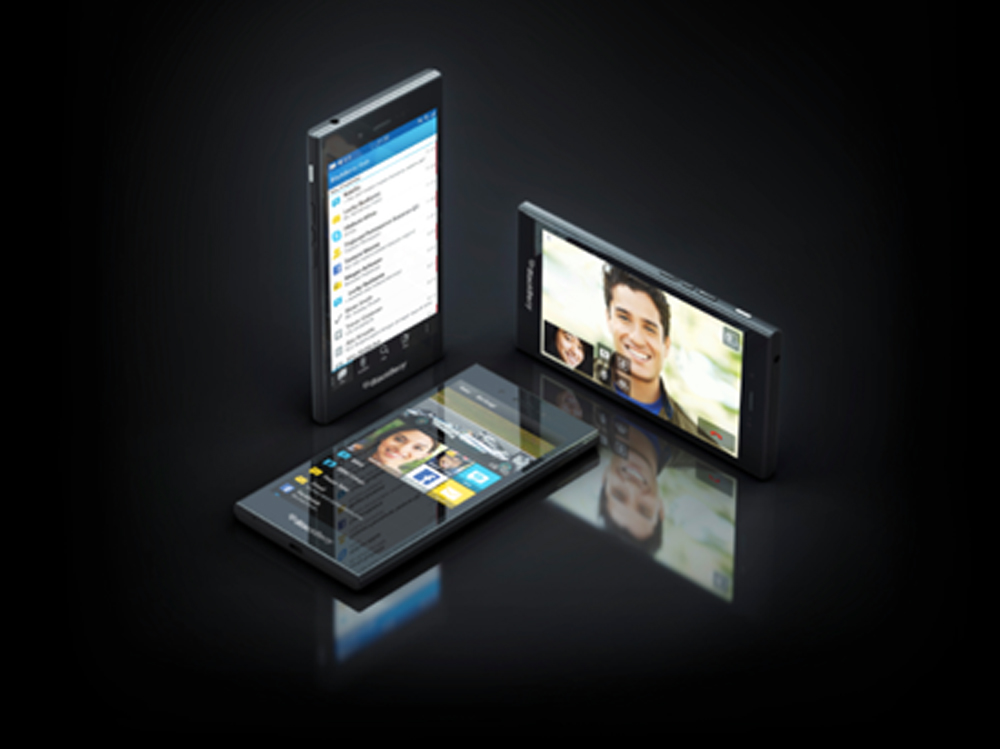
In third place, the Sony Xperia E is remarkably slim and lightweight for a lower-end phone with 4.5-inch screen, weighing 143g and 8.5mm thick. Its processor sets it apart from most phones in this category, but allows it to slot in perfectly with the other selections here: all three phones are powered by a 1.2GHz chip. The Xperia E has one crucial advantage: it comes in a dual-SIM version.
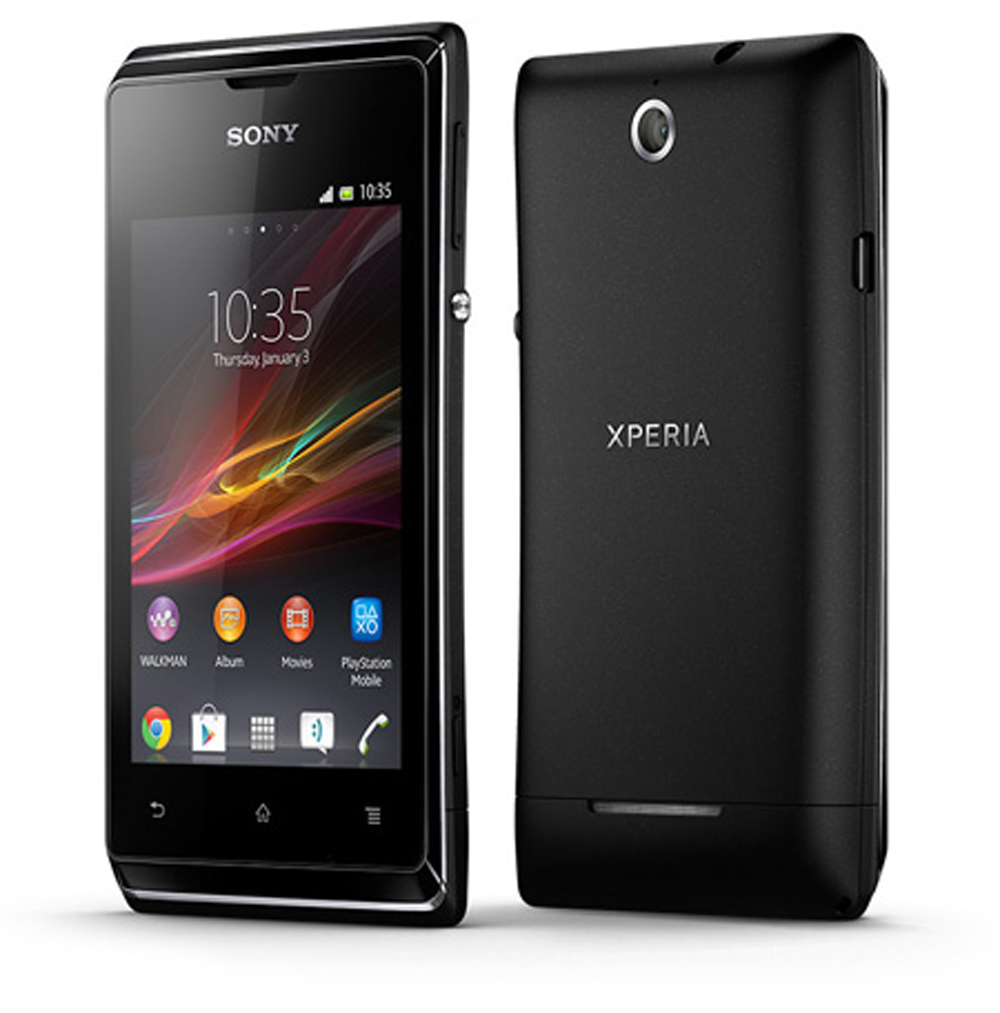
The winners are:
- Nokia Lumia 530
- BlackBerry Z3
- Sony Xperia E
Entry-level smartphone of the year
The entry-level category saw tough competition, but a clear winner. The Huawei Ascend Y220 set the market alight at the beginning of 2014. At R450, it was the lowest price ever for a smartphone in South Africa, and it walked out of the stores; more than 300 000 units were sold in the first quarter of the year, and Huawei was the bestselling smartphone brand in the country for the month of March.
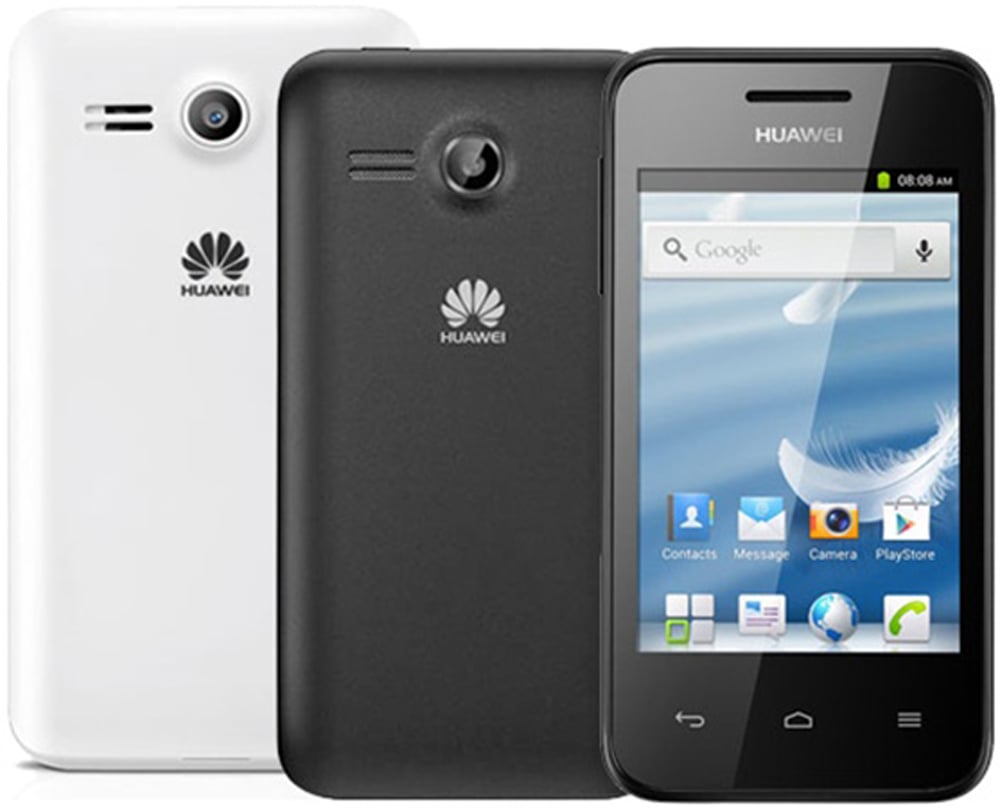
The Y220, as is typical in the under-R600 category, has only a 3.5-inch screen and runs on Android 2.3, but it was a revelation for a market where smartphones had previously been unaffordable. The phone also has the best standby battery life of any handset I have used in the past year (possibly matched by the Sony Xperia Z2). After leaving it in a drawer for a month, it still retained its full charge. That makes it not just a great entry-level phone, but also an ideal backup phone for higher-end users.
Incidentally, later in 2014, the price of the Y220 was pushed up to around R550, when it became clear that this was an equally popular price point. This is where the runner-up, the Vodacom Smart Kicka, lurked.
The Kicka also offers a 3.5-inch display, but in a slightly thinner body with a better camera (2MP versus VGA), and running on Android 4.4. It’s built by Alcatel, but designed for the South African market – and the first phone to carry the Vodacom brand. It narrowly loses the top spot due to poorer battery performance – a key factor in this price category.
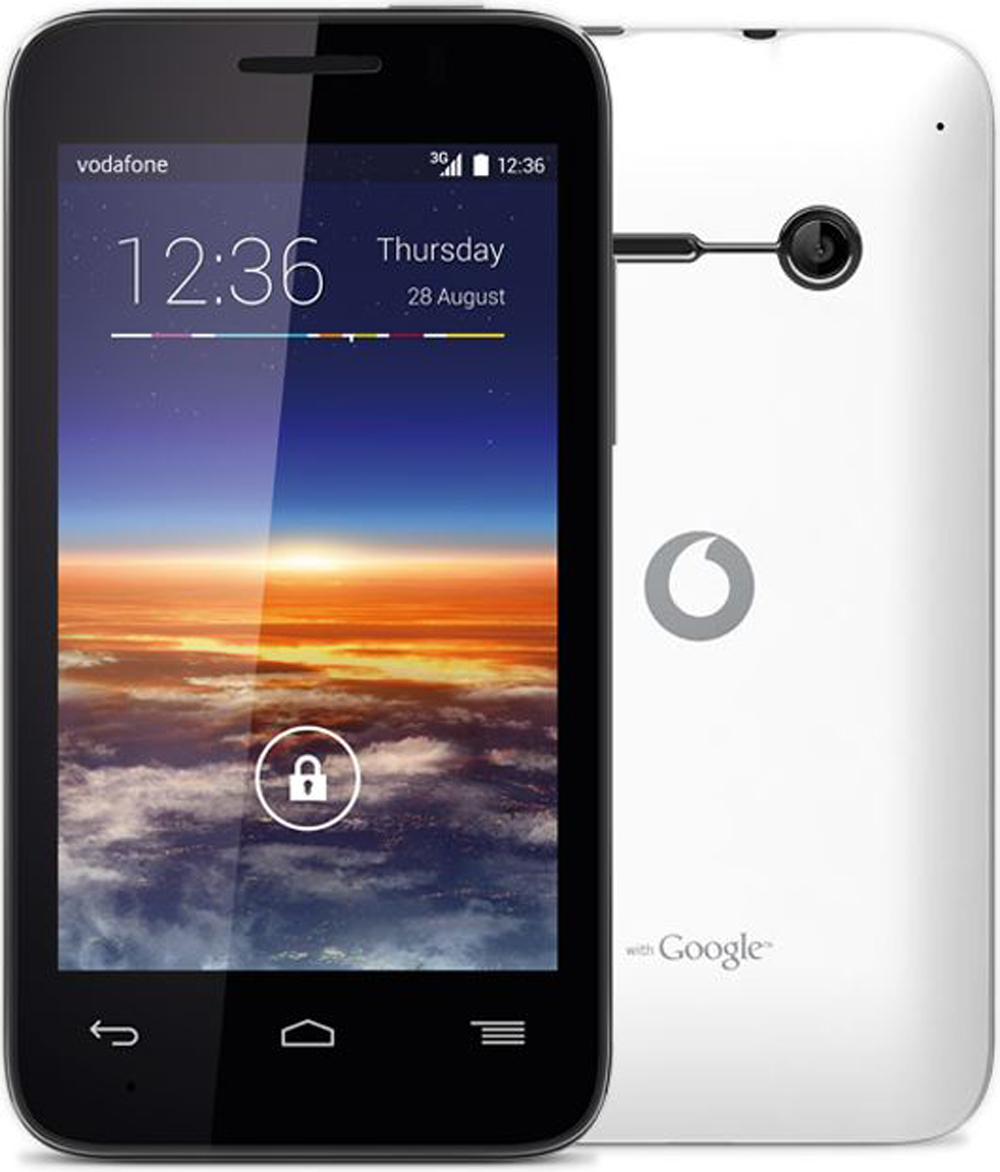
In third place, and also not overshadowed by the Y220, another Alcatel device. The Pixi was launched in 2013 but truly made its impact in South Africa in 2014, when Vodacom rebranded it the Vodacom Pixi, with a price of R549. Its successor, the One Touch Pixi 2, at R649, is one of the bestselling phones in South Africa, as well as neighbouring territories.
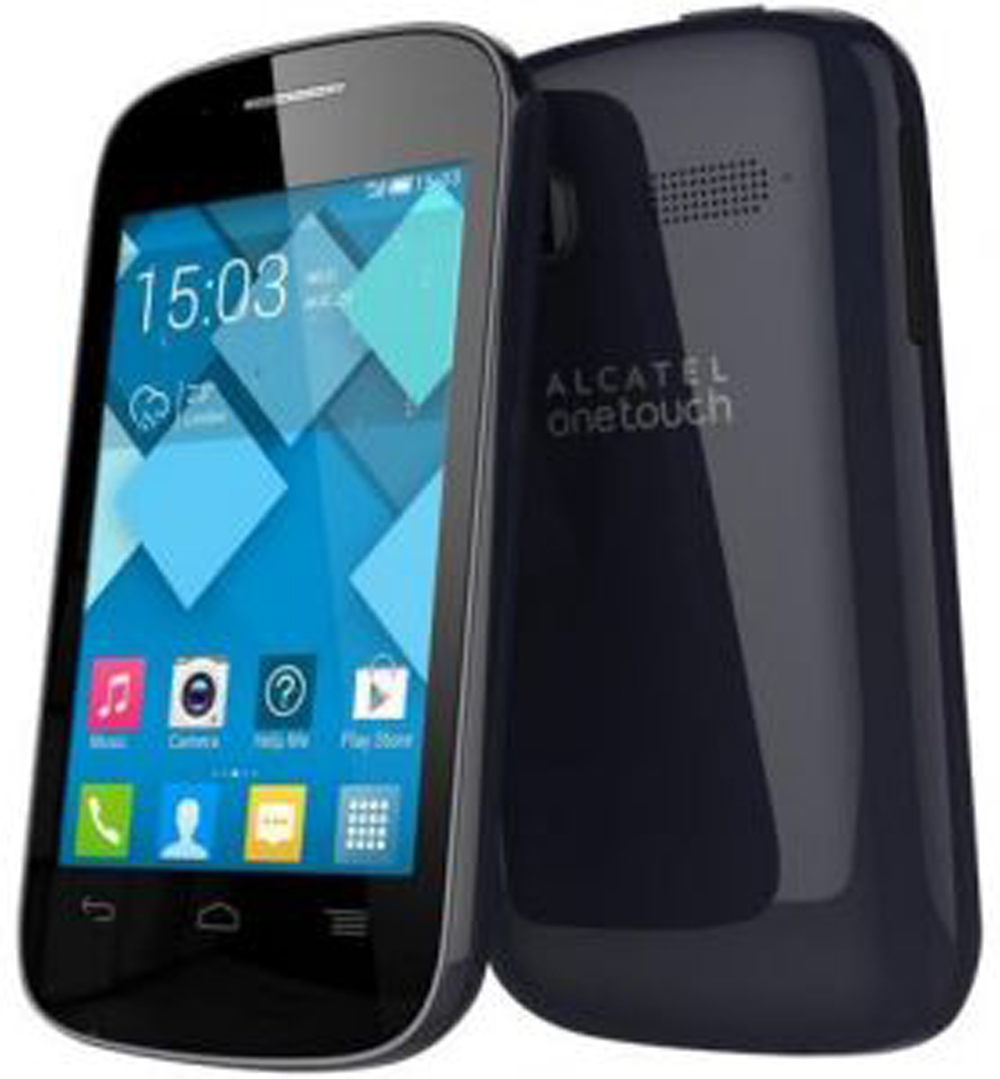
The Samsung Star gets an honourable mention for bringing Galaxy-like features to the entry-level market, at a price tag of R599.
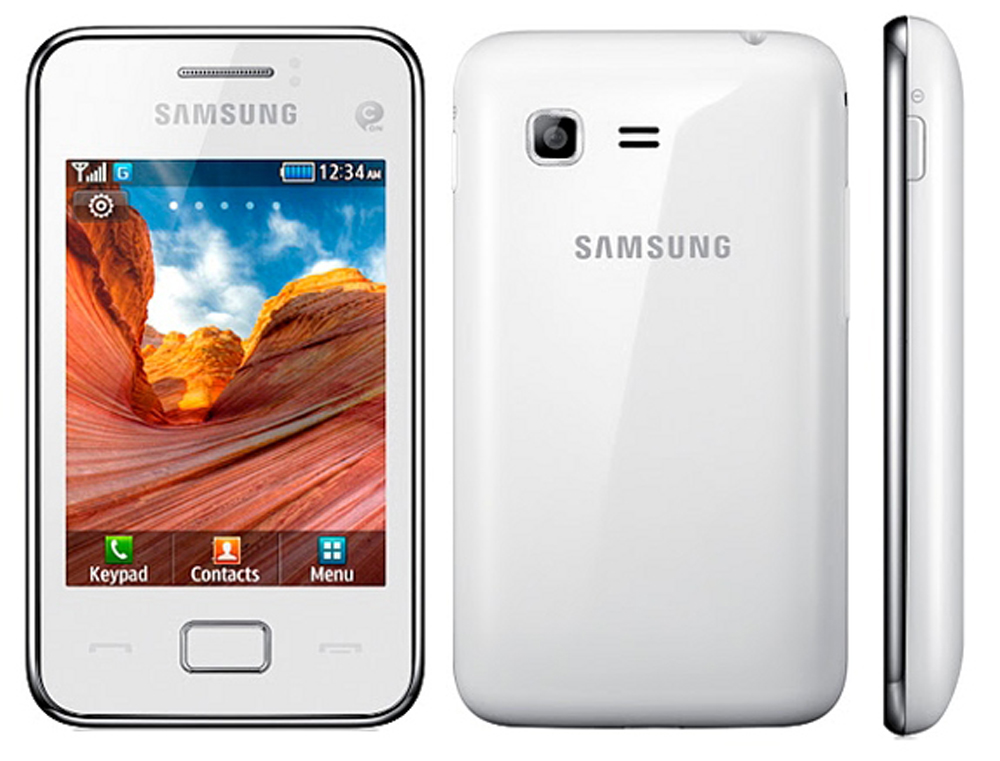
The winners are:
- Huawei Ascend Y220
- Vodafone Smart Kicka
- Alcatel One Touch Pixi 2/ Vodacom Pixi
Honourable mention: Samsung Star
Basic phone of the year
As big brands abandon the feature phone market, there was only one serious contender for basic phone of the year. Like a few phones chosen in this column, it was also the successor to a previously acknowledged handset.
The Alcatel One Touch Tribe 30.03G follows in the wildly popular wake of the 3000, and cemented the “Alcaberry” handle: low-cost Alcatel phones that look like the BlackBerry Curve. A microSD card slot and 18-days standby battery life also makes this the ideal emergency back-up phone.
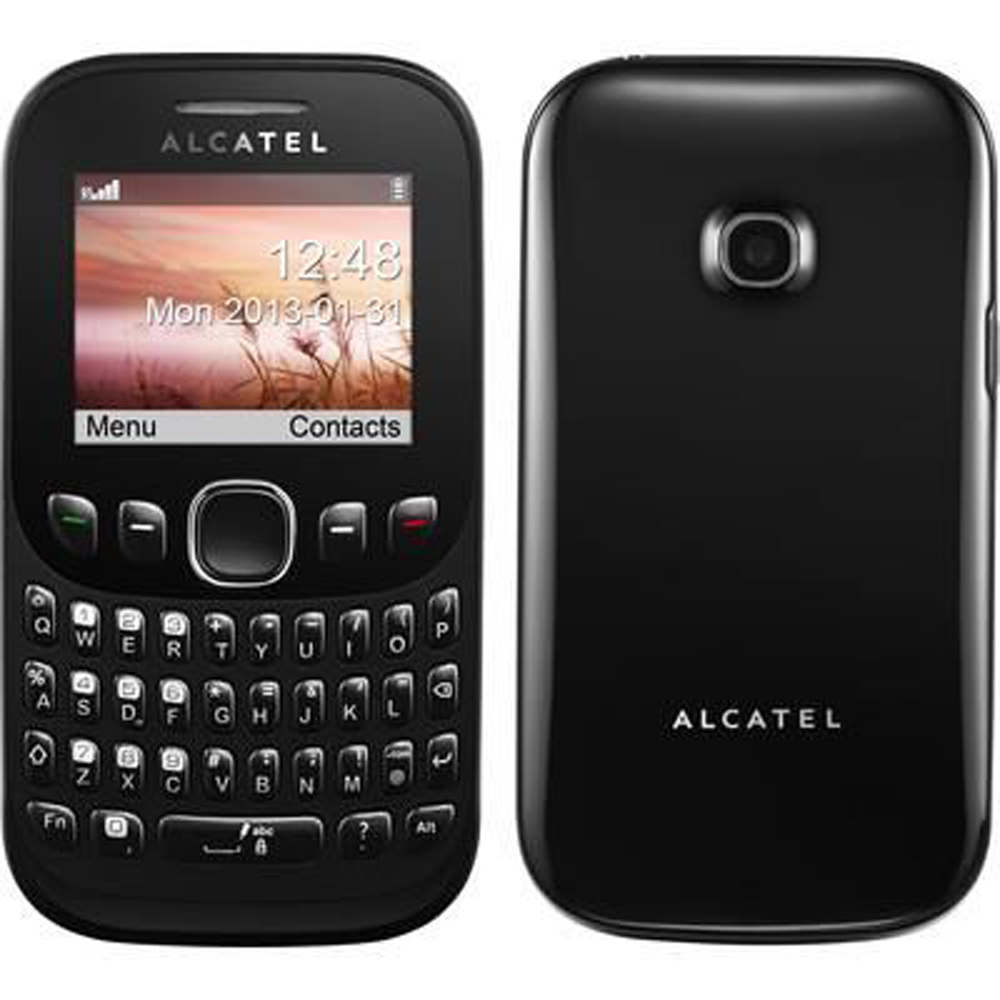
The winner is: Alcatel One Touch Tribe 30.03G
* Arthur Goldstuck is founder of World Wide Worx and editor-in-chief of Gadget.co.za. Follow him on Twitter on @art2gee, and subscribe to his YouTube channel.